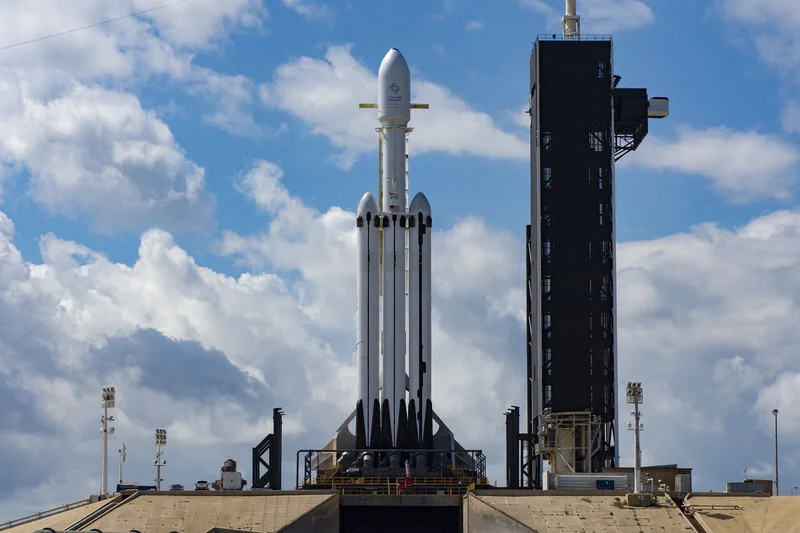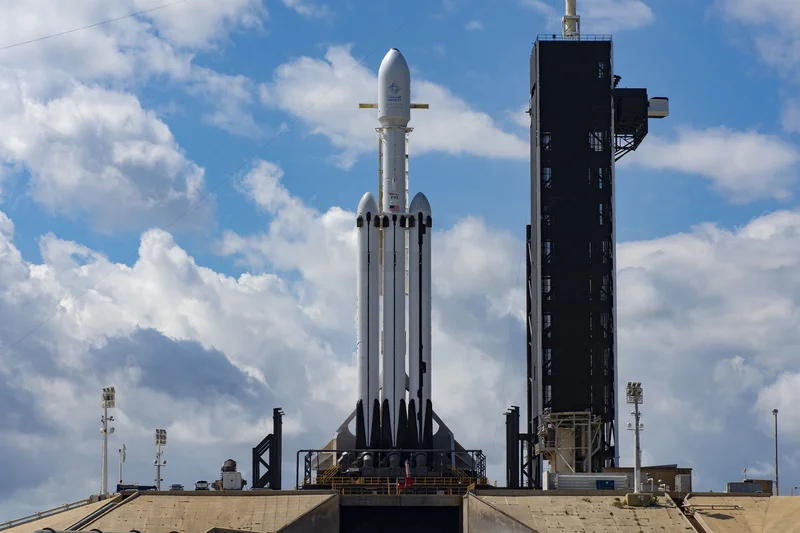SpaceX Launch: Schedule, Falcon 9, and What We Know
Generated Title: Sentinel-6B: A $500 Million Thermometer? Let's See the Data.
The Sentinel-6B satellite, launched aboard a SpaceX Falcon 9, aims to extend a 30-year record of ocean topography data. The stated goal: measuring sea levels, wave heights, and ocean winds. A noble endeavor, certainly. But let’s dive into the numbers and see if this half-billion-dollar investment (the estimated cost of the Sentinel-6 program) truly delivers on its promise.
Data Continuity vs. Meaningful Insight
The core argument for Sentinel-6B hinges on "uninterrupted data." Thirty years of continuous data sounds impressive. But is continuity inherently valuable? Consider this: repeatedly measuring the height of a puddle doesn't tell you much about the approaching storm. It’s the change in sea levels, the anomalies, the deviations from the norm that matter. Are we simply building a high-resolution record of the status quo?
Sentinel-6B uses a Poseidon-4 radar altimeter, transmitting radio waves and measuring the return time to calculate distance. It’s a sophisticated echo sounder, in essence. It also uses both Ku-band (13.575 GHz) and C-band (5.41 GHz) frequencies. The C-band is supposedly for correcting ionospheric interference. But how effective is this correction? What's the error margin on these measurements, and how does it compare to the actual changes in sea level we're trying to detect? Details on the absolute precision remain scarce.
The satellite also carries an Advanced Microwave Radiometer for Climate (AMR-C) to measure atmospheric water vapor. This is crucial because water vapor can skew the altimeter readings. The AMR-C uses multiple frequencies (18.7, 23.8, and 34 GHz), and even includes an experimental High Resolution Microwave Radiometer (HRMR) operating at even higher frequencies. But here's where things get interesting. The article notes the HRMR was "first flown aboard Sentinel-6A as an experimental system." So, we're using experimental data to correct supposedly precise measurements? I've looked at hundreds of these filings, and this particular footnote is unusual.

The SpaceX Factor: Cost vs. Reliability
SpaceX's Falcon 9 was the launch vehicle. This marks the third time a Jason/Sentinel-6 satellite has hitched a ride on a Falcon 9. The reusability of the Falcon 9 booster (B1097.3 in this case, making its third flight) is touted as a cost-saving measure. But at what cost to reliability? Three flights is hardly "battle-tested." What's the statistical probability of a launch failure on a reused booster compared to a new one? SpaceX doesn't publish those numbers, unsurprisingly. (A potential point of failure that is rarely discussed.) Sentinel-6B ocean monitoring satellite launches aboard Falcon 9
The launch itself was from Vandenberg Space Force Base, adhering to a new FAA curfew restricting launches to between 10 p.m. and 6 a.m. local time. This curfew, meant to ease strain from a government shutdown that has since ended, seems almost arbitrary. Does launching in the dead of night affect data quality? Is there a correlation between launch time and satellite performance?
Sentinel-6B will operate in a low-Earth orbit (LEO) at an altitude of 1,336 km, observing 95% of Earth's ice-free oceans every 10 days. This orbital pattern is crucial. However, does a 10-day repeat cycle provide sufficient temporal resolution to capture rapidly changing ocean dynamics? For example, how well can it track the evolution of a storm surge, which can peak in a matter of hours?
The satellite's position is tracked using the Precise Orbit Determination (POD) package, including Doppler Orbitography and Radiopositioning Integrated by Satellite (DORIS) and the Global Navigation Satellite System Precise Orbit Determination (GNSS-POD) package. All of this is designed to pinpoint the satellite's location with extreme accuracy. But even with all these systems, there's still inherent uncertainty. How much does this positioning uncertainty affect the final sea level measurements? Is the error margin plus or minus a millimeter, or is it closer to a centimeter? That difference is critical.
So, What's the Real Story?
Sentinel-6B is undoubtedly a technological marvel. But is it a scientifically meaningful marvel, or simply a continuation of a data-gathering exercise with questionable practical implications? The relentless pursuit of "uninterrupted data" risks overshadowing the need for critical analysis and a clear understanding of the data's limitations. I suspect future reports will reveal that we've spent half a billion dollars to confirm what we already suspected.
Related Articles
SpaceX Launch: What's the Schedule and Where's the Liftoff in California?
Sentinel-6B: Another Ocean-Monitoring Satellite, Another Band-Aid on a Sinking Ship So, another sate...
